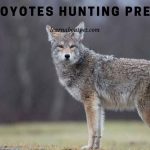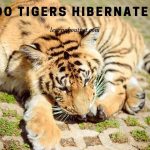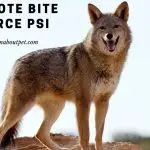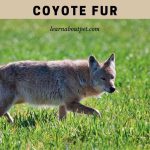While opossums are known for a variety of strange activities (such as playing dead), hanging upside down in trees by their tail is not one of them. Because of how opossums are depicted in cartoons, this is a very popular myth. You will be amazed to look at why Possums Hang upside down?
Is a Possum hanging upside down? Yes, for a minute or two using their tails, but they lack the muscle strength to support their weight for any longer. They cannot, as depicted in cartoons and movies, hang upside down while sleeping.
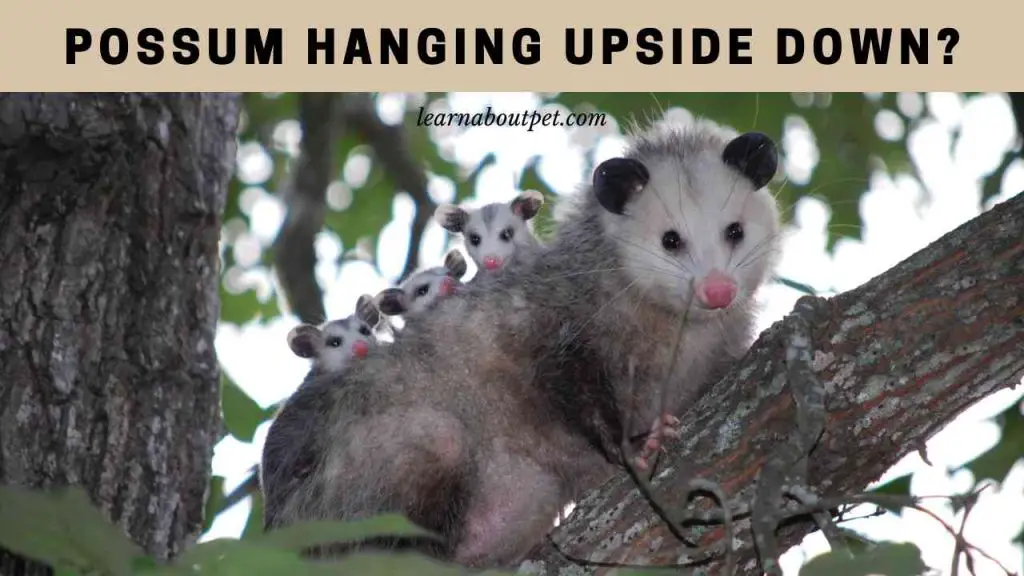
Opossums can weigh up to 14 pounds, and their tails simply cannot support that much weight for long. Baby opossums, on the other hand, enjoy hanging by their tails from time to time while they are still tiny enough to do so. This is most likely the source of the legend.
Are Possum Sleep Hanging By Their Tail?
Cartoon possums, by obviously, spend their days dangling by their tails from branches. They even sleep like bats like Michael Keaton in the first Batman, hanging upside-down. But it’s all a myth. Opossums have a prehensile tail that they can use to steady themselves when climbing or to transport bedding materials like leaves and branches back to the lair or nest.
Why do Possums hang upside down by their tails? possums have various strange behaviors, but hanging by their tails for long periods of time or sleeping while hanging by their tails isn’t one of them. It’s simply not true that they sleep while dangling upside down by their tails. Their prehensile tails, however, are stunning.
Where Do Opossum Sleep?
possums in Virginia are only active at night (most active at night). During the day, they sleep in an abandoned rodent tunnel or a nest in a grove of trees. It’s just a myth that possum hanging upside down.
Do possums sleep upside down? Brushtail possums are territorial species who sleep alone in burrows in tree hollows, rock heaps, or logs during the day. Due to the scarcity of dens in the bush, possums will compete over nesting locations, sometimes to the death.
Do Opossums Hang Upside Down In Trees?
They may be able to cling to them for a brief period or two, as juvenile opossums occasionally do, but they will not be able to retain the position for long since they lack the muscle structure to do so. It’s simply not true that they sleep while hanging upside down by their tails.
The long, hairless tails of opossums are suggestive of rat tails. Their tails, on the other hand, aren’t strong enough to sustain their weight when they’re suspended from them. So It is just a myth possum hanging upside down in trees.
How Do Possums Sleep?
Possums are nocturnal animals, which indicates they sleep during the day and are up at night. These small animals seek out a safe haven, such as a log or a nest, to sleep soundly. Some species of possum like to sleep on the ground.
They exclusively climb trees to eat fruits and bushes. Some of them, though, are arboreal and must descend to the ground to feed. But fortunately they won’t find possum hanging upside down.
Final Words – Possum Hanging Upside Down
The muscles in the ‘possums’ tail are not strong enough to sustain an adult’s weight for more than a moment, unlike how they are typically shown in cartoons.

They are occasionally seen hanging upside down by their tails, which may have given rise to the legend, however even juveniles do not sleep upside down.
Even yet, the possum’s prehensile tail comes in helpful. It has the ability to wrap tightly around branches, catch and carry things, and aid in the stabilization of the ‘possum as it clambers through trees and bushes.
As a pet lover, make sure to learn about pet more and give your pets a good and comfortable life!

Welcome to Learn About Pet. My name is Rajkumar Ravichandran and I love all pets, travel, and amazing food. I write about my passion and personal experience caring for multiple pets in this blog! ❤️
Post Disclaimer
DISCLAIMER: THIS BLOG OR WEBSITE, "Learn About Pet", DOES NOT PROVIDE YOU WITH MEDICAL ADVICE AND IS NOT A SUBSTITUTE FOR MEDICAL ADVICE. ALWAYS GET IN TOUCH WITH YOUR PERSONAL VETERINARIAN AND USE INFORMATION HERE AS GENERAL ADVICE.
The information, including but not limited to, text, graphics, images and other material contained on this website are for informational purposes only. No material on this site is intended to be a substitute for professional veterinary advice, food recommendation, diagnosis, or treatment. Always seek the advice of your veterinarian or other qualified health care provider with any questions you may have regarding a medical condition or for pet food related questions.


